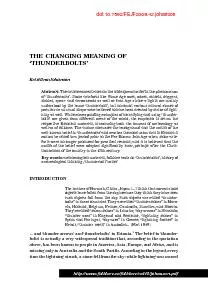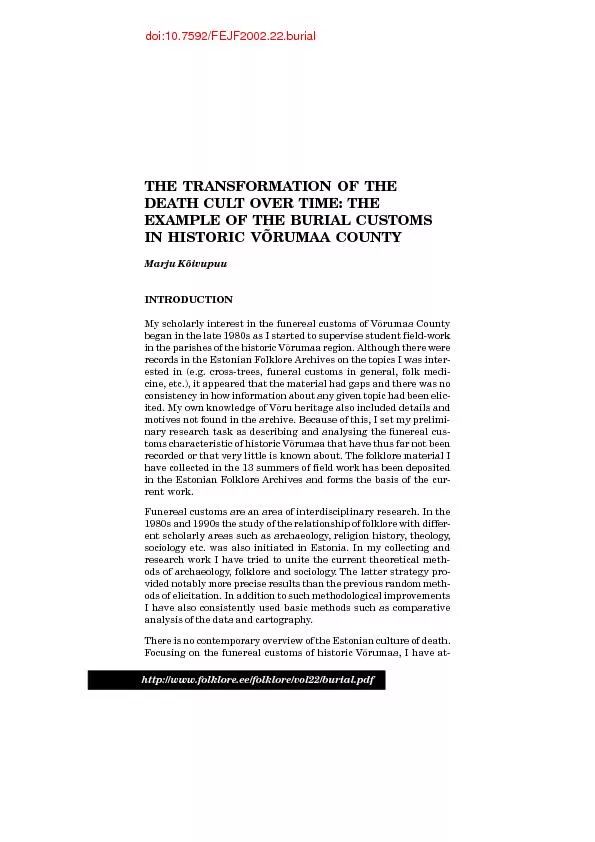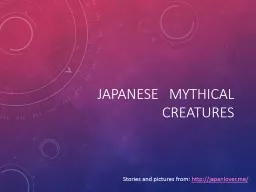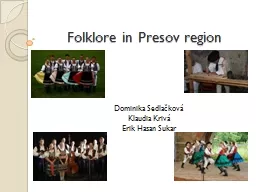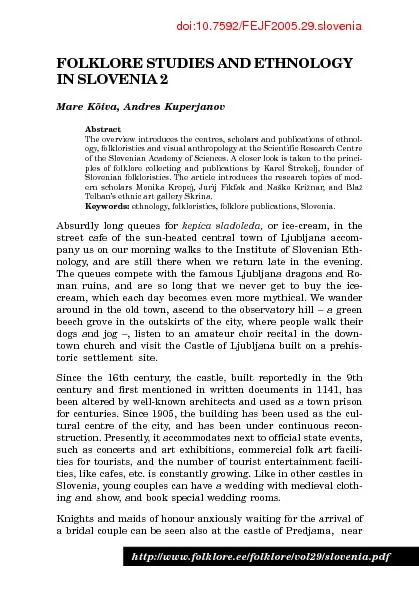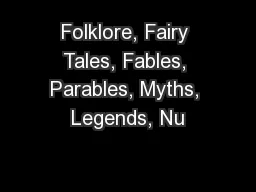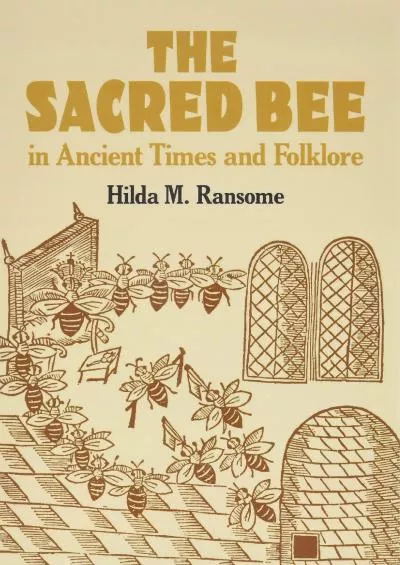PPT-Folklore English- 7 th Grade
Author : conchita-marotz | Published Date : 2018-10-08
Why do we share our stories to entertain to preserve memories to share wisdom and teach Read the student experiences on page 650 Flashcard Definitions Theme main
Presentation Embed Code
Download Presentation
Download Presentation The PPT/PDF document "Folklore English- 7 th Grade" is the property of its rightful owner. Permission is granted to download and print the materials on this website for personal, non-commercial use only, and to display it on your personal computer provided you do not modify the materials and that you retain all copyright notices contained in the materials. By downloading content from our website, you accept the terms of this agreement.
Folklore English- 7 th Grade: Transcript
Download Rules Of Document
"Folklore English- 7 th Grade"The content belongs to its owner. You may download and print it for personal use, without modification, and keep all copyright notices. By downloading, you agree to these terms.
Related Documents


